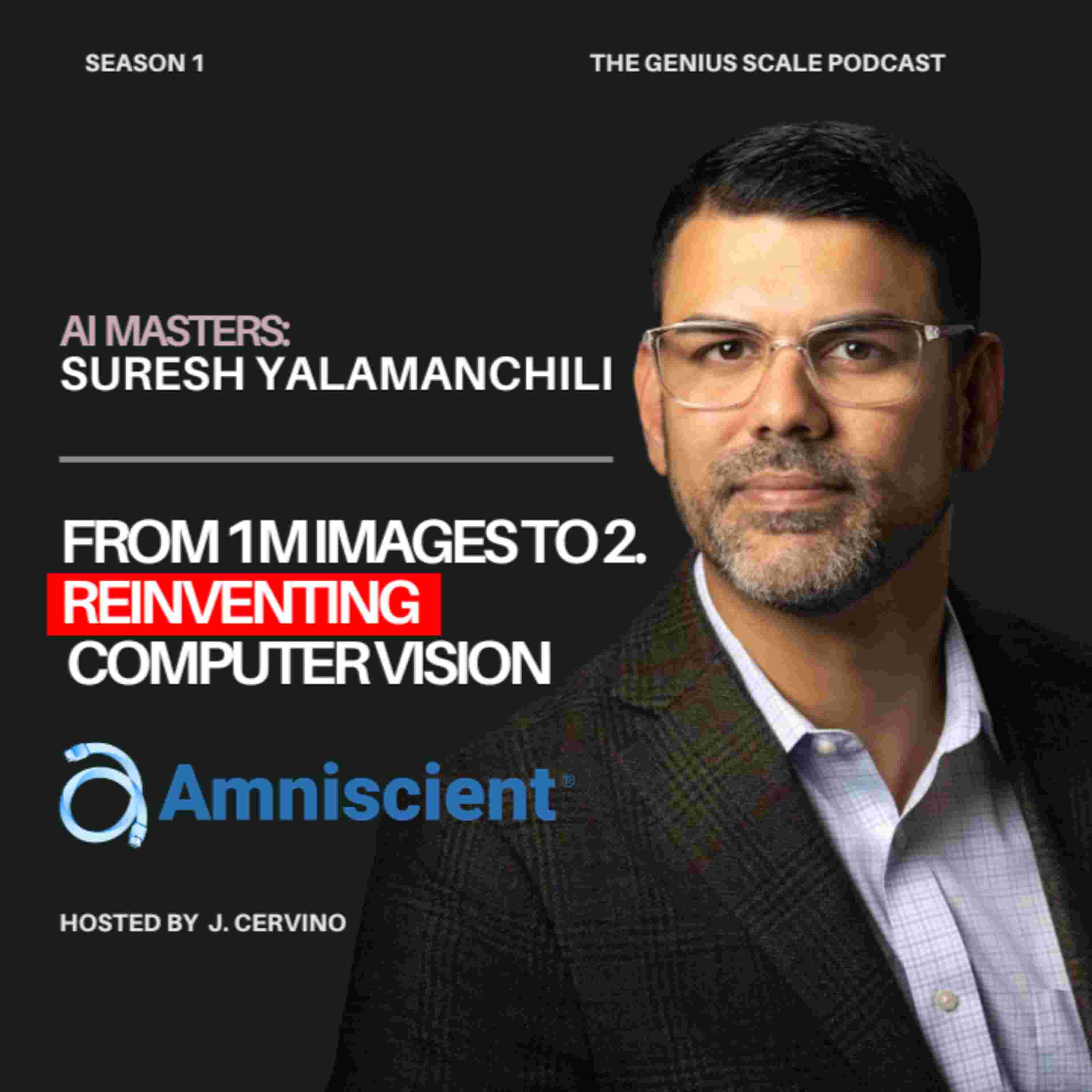

Amniscient's founder Suresh Yalamanchili explains how his team slashed computer-vision training from a million pictures to as few as two—while hitting 99.9 % accuracy. If you work in retail self-checkout, industrial QA, or robotics, this is the next big leap after large-language models.
What You’ll Hear
• Why too much data can wreck a vision model• How Amnition’s AR capture + auto-label pipeline works
• 4-step workflow to deploy a model in days, not months• Ethics litmus test: “Would you tell your mom about it?”
• The future: Vision AI, embodied agents & rock-solid privacy
Timestamps / Chapters
00:00 Mic check & intro – meet Suresh
01:04 What is Amnition? Solving CV model pain points
02:49 Real deployments: self-checkout & weld inspection
03:20 Two-image build & the 99.9 % promise
05:57 When GPUs “run home to mama”: data-overload failures
09:57 Founding story – from smart leasing offices to CV engine
12:51 Variety • Variation • Quality vs. Noise
15:03 The 4-step workflow (catalog → AR capture → ML build → API)
20:14 Legacy CV needs 1 M images—here’s the workaround
27:33 Generative AI from real pixels, not CGI
30:03 Vision AI meets robotics & embodied agents
32:45 “Tell-your-mom” ethics and privacy safeguards
38:26 Assistive vision for K-12 & accessibility
41:03 Startup boom déjà vu (dot-com parallels)
45:30 Free trials & final takeaways
Quotable Moments
• “Sometimes excess data is a detriment to the AI model.” — Suresh
• “It runs home to mama when it’s scared.” — on inference overload
• “Would you tell your mom about it? If not, don’t do it.” — AI-ethics rule
Keywords
computer vision, Amniscient, Amnisphere, AI startup, object recognition, data labeling, synthetic data, industrial automation, self-checkout AI, robotics vision, edge AI, 99.9 accuracy, two-image training, AI ethics, Joe Cervino Podcast